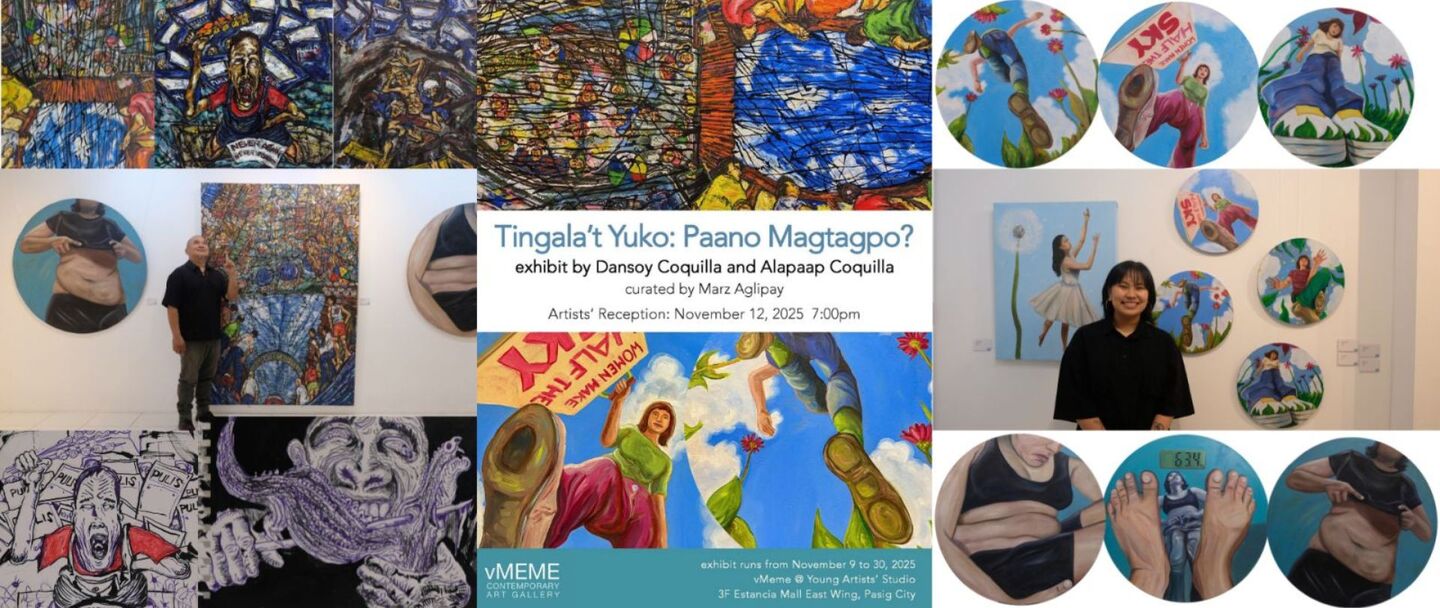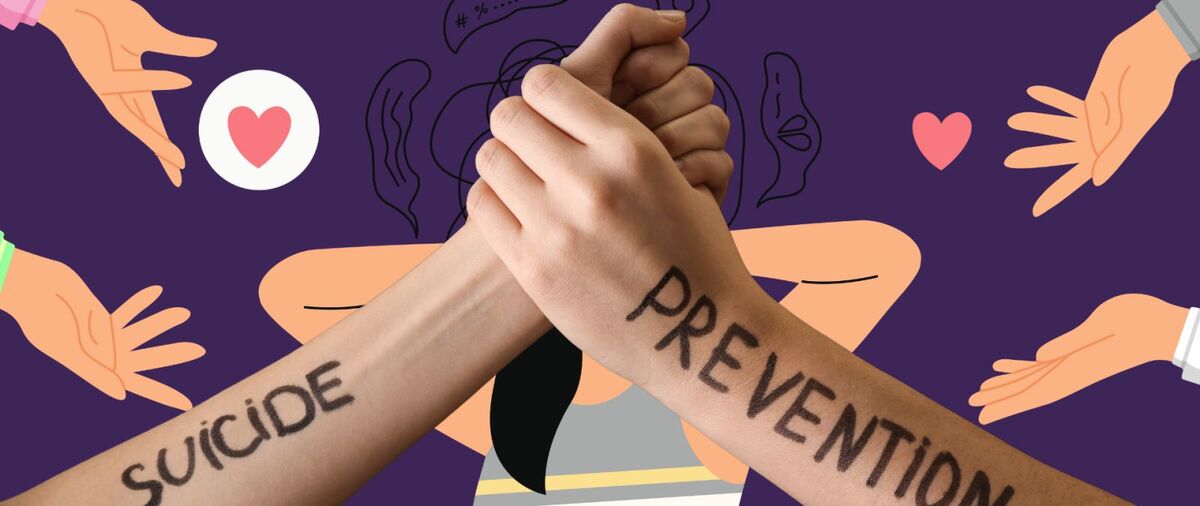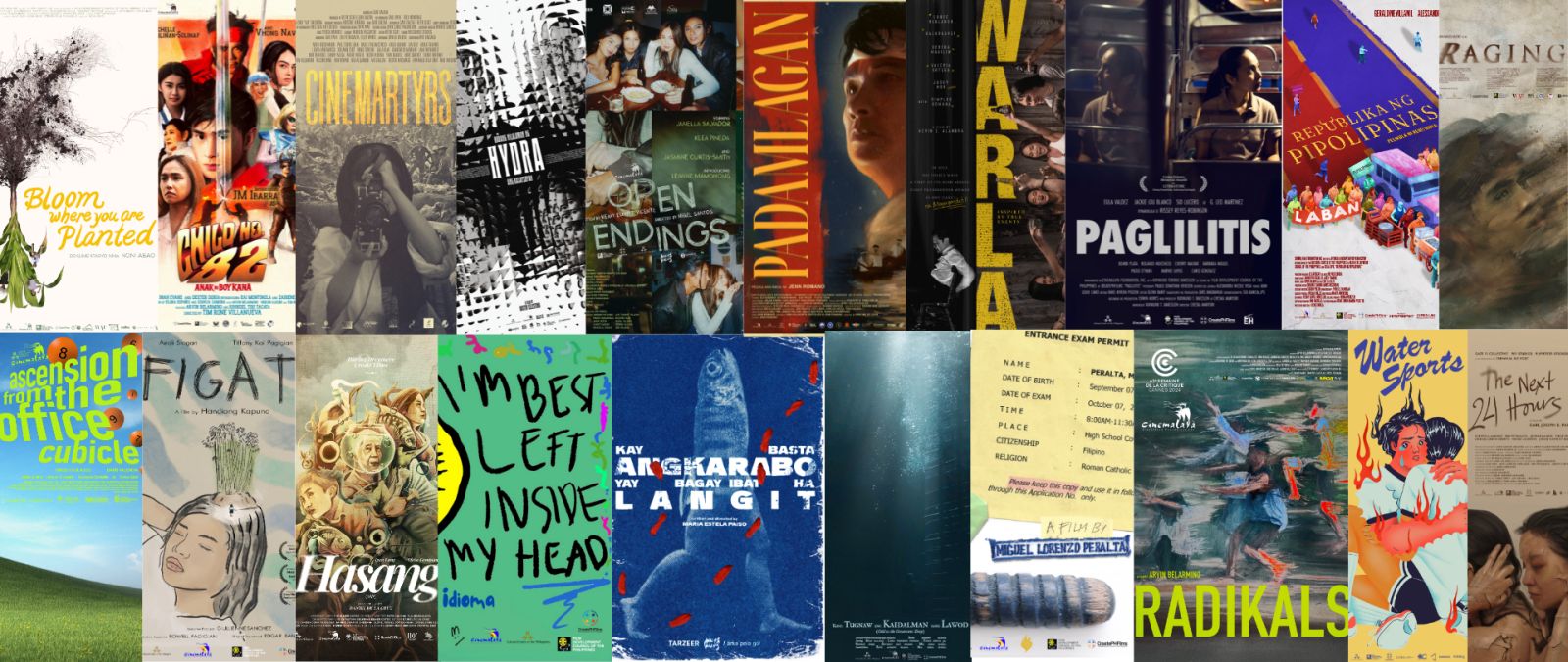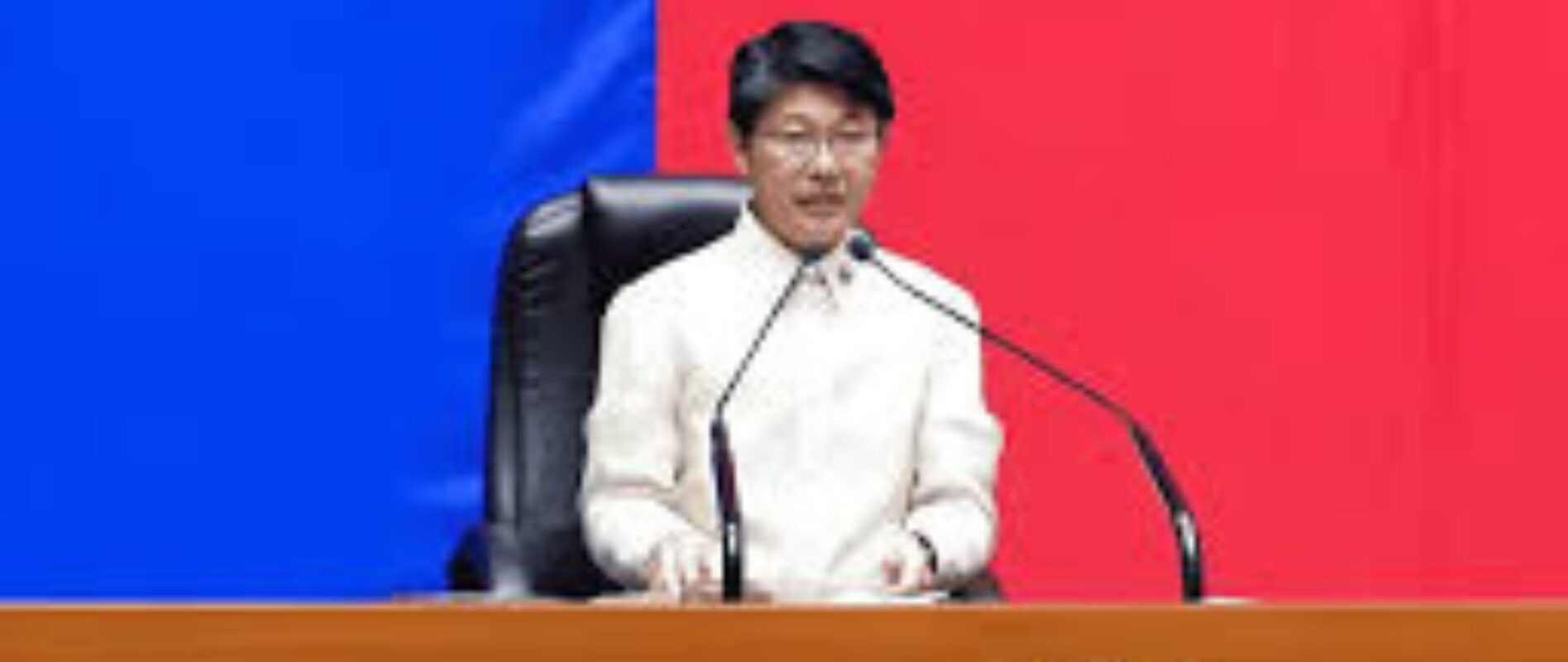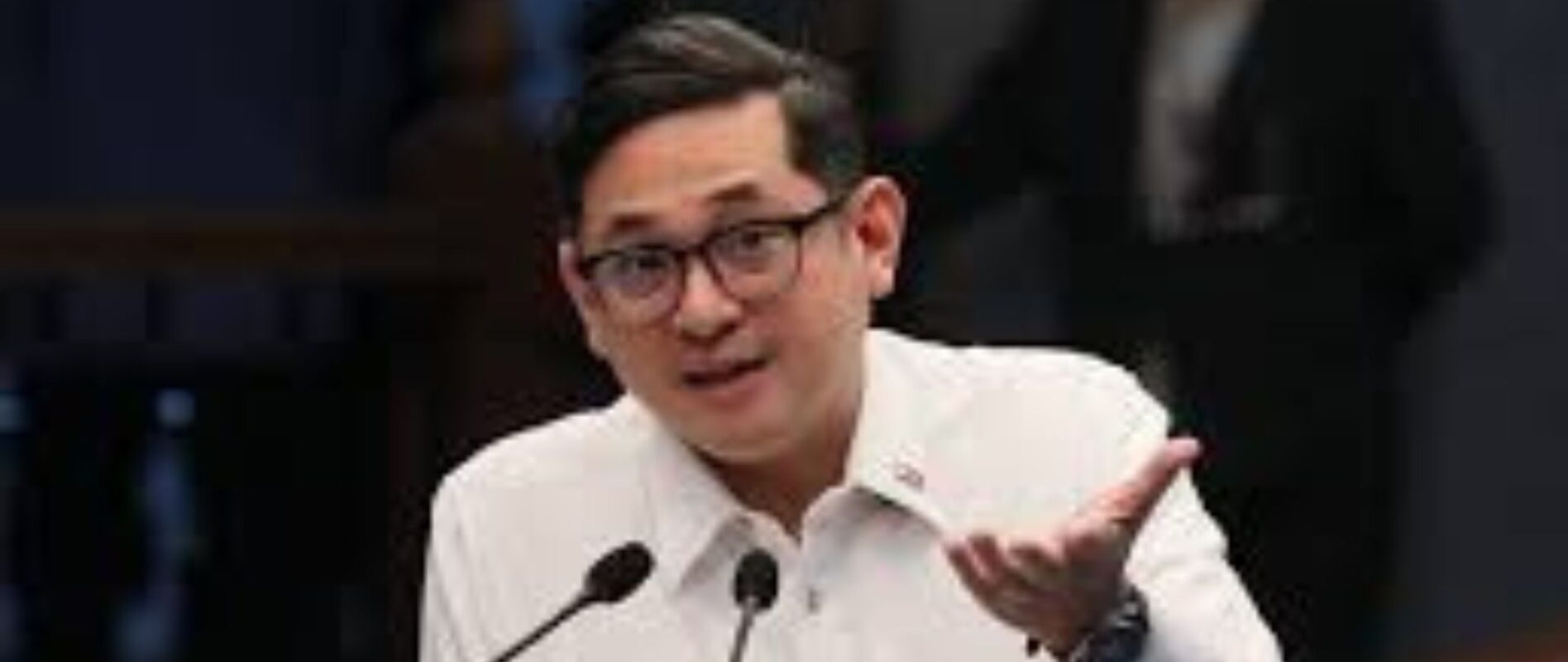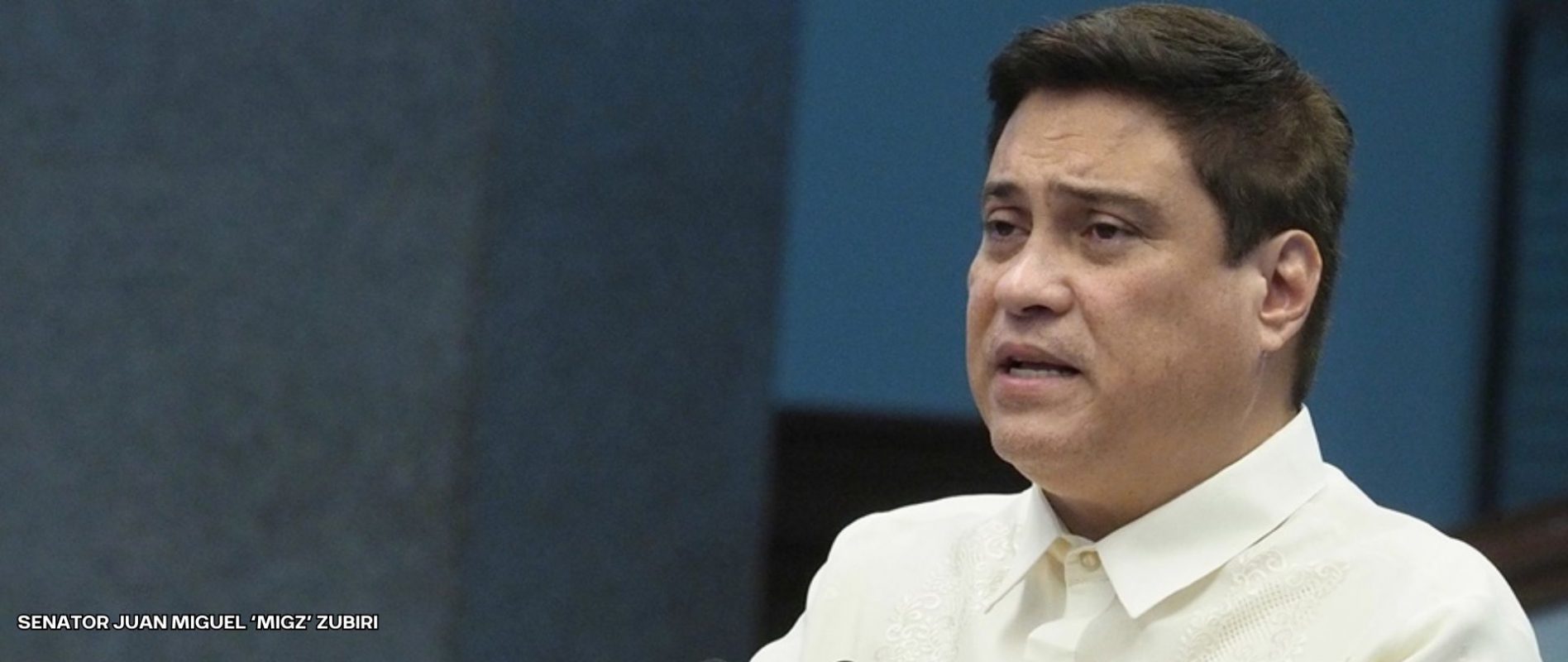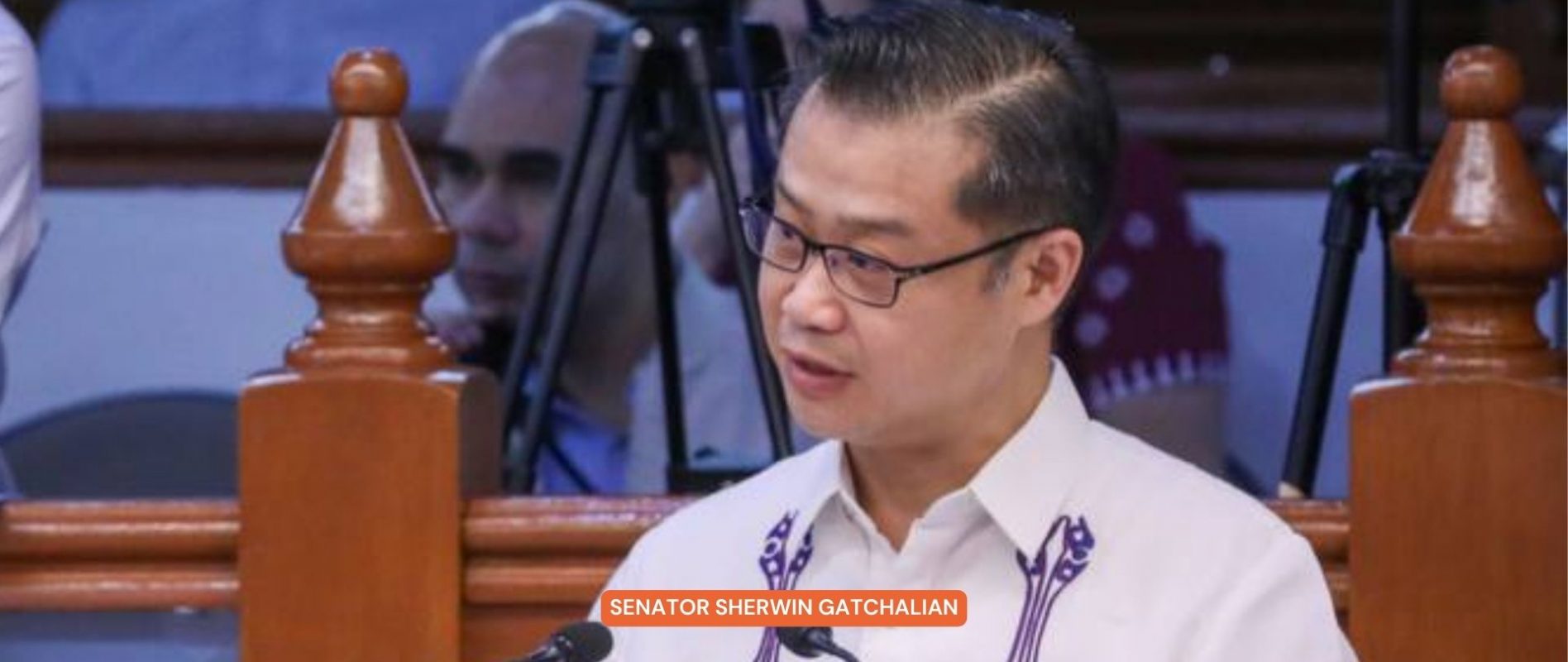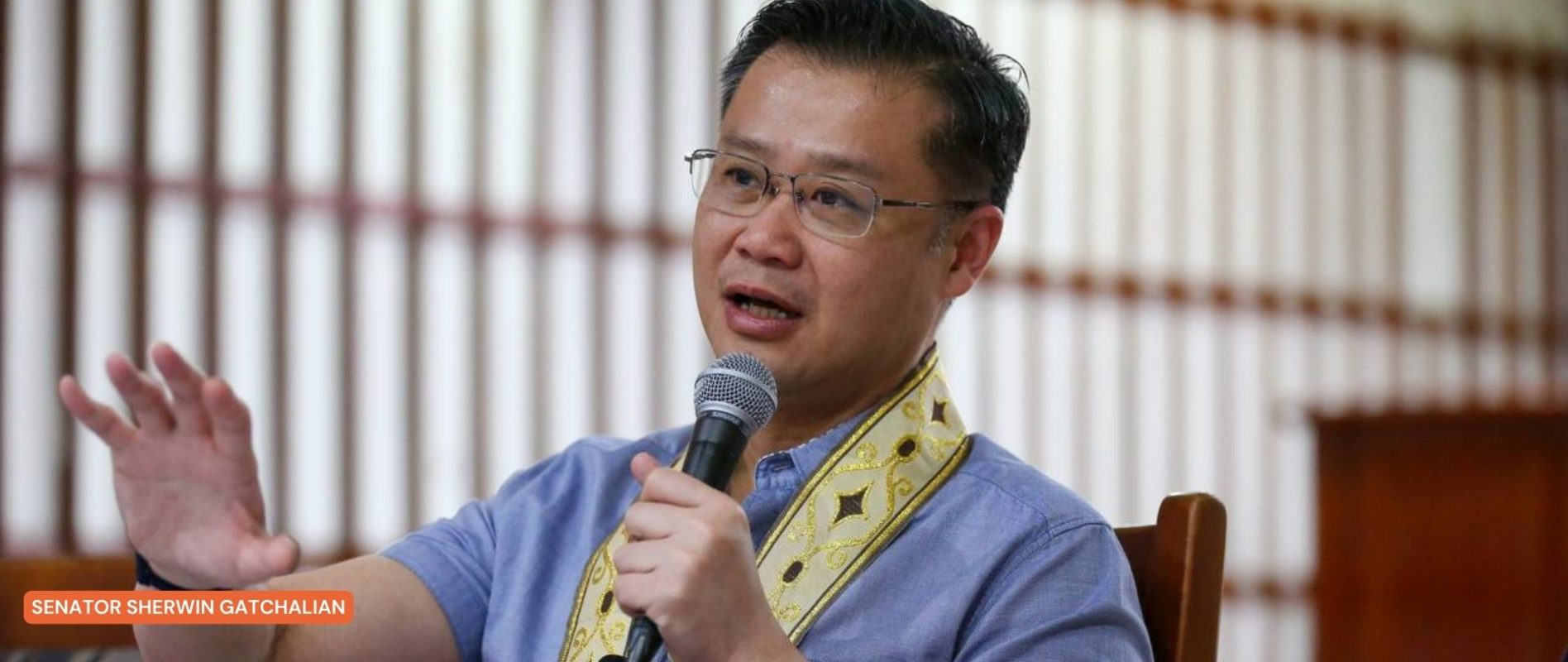FASHION IN PERIL: HOW BRANDS ARE MODIFYING BUSINESS STRATEGIES IN A TIME OF CRISIS
As the pandemic continues to build uncertainty across all industries, global markets and consumer behavior have evolved faster in a matter of months than it had in the past decade.
Brands around the world have been forced to hit the pause button on their year-long marketing plans and quickly adjust their messaging, operations, and daily interactions with customers in an effort to put health and safety first.
As the pandemic continues to build uncertainty across all kinds of industries, global markets and consumer behavior have evolved faster than it had in the past decade.
For one, the fashion industry has been shaken by the spread of the COVID-19 that world-famous fast fashion brand, Zara started closing as many as 1,200 stores around the world, with sales down 44% between February 1 to April 30, the first quarter of its financial year. These closures are expected to be concentrated in Asia and Europe.
With the pandemic continuing to pose graver threats, it is now putting even more stores in danger of closing, as retailers grapple with dramatic drops in sales in traffic. Victoria’s Secret’s parent company, L Brands, said in May that it plans to close 251 stores in the US and Canada in 2020. Most of the closures — 238 total —will be in the US.
Gap is also reportedly closing hundreds of Gap-branded stores. The company said in February 2019 that it planned to close about 230 Gap stores over the next two years. Then, the fashion brand Guess said in June that it is looking closing about 100 stores over the following 18 months in the US and China. The disclosed closures represent about 9% of the company’s store network.
During this period, the future of fashion industry, while deeply wounded, is expected to undergo major changes.
The retail landscape in the Philippines has been transformed due to increased social distancing efforts, such as the implementation of the Community Quarantine as the nation combats the spread of the disease. As a result, brands and sellers are venturing online in search of growth, while consumers turn to e-commerce to meet their shopping needs.
As we embrace the new normal, people would rather stay at home and online shopping makes for a great alternative. Popular retail stores are closing around the world and some shifted to online stores to cope with the global economic and financial crisis. They even made it easier and more hassle-free for consumers to order online.
Fashion retail Zara’s parent company, Inditex, announced its plans to divert resources into online sales strategies. Recently, Japanese clothing retailer Uniqlo has opened its e-commerce platform in the Philippines. The e-commerce platform – both on its website and app – is live as of June 18, 2020.
While quarantine restrictions have eased in most of the Philippines, physical distancing requirements make it difficult to visit malls, retail industry is adapting to the new normal and online shopping is expected to grow in the next few months or even years.
In line with the current situation, it is essential for the companies to stay engaged with their customers and be creative. Social media is the best channel right now to increase engagement with the customers.
Most actions are focusing on marketing and communication as compared to merchandising. Newsletters have been sent, and social media posts through all channels can be seen everywhere. However, the impact of the virus on the industry are not going to change soon.
With this, we ask, will online channels be sufficient for the retailers to cope with the drop in revenue due to the pandemic?



